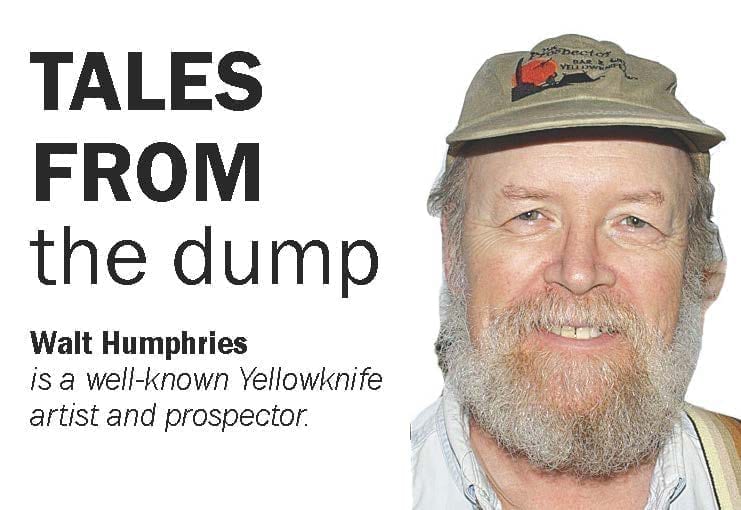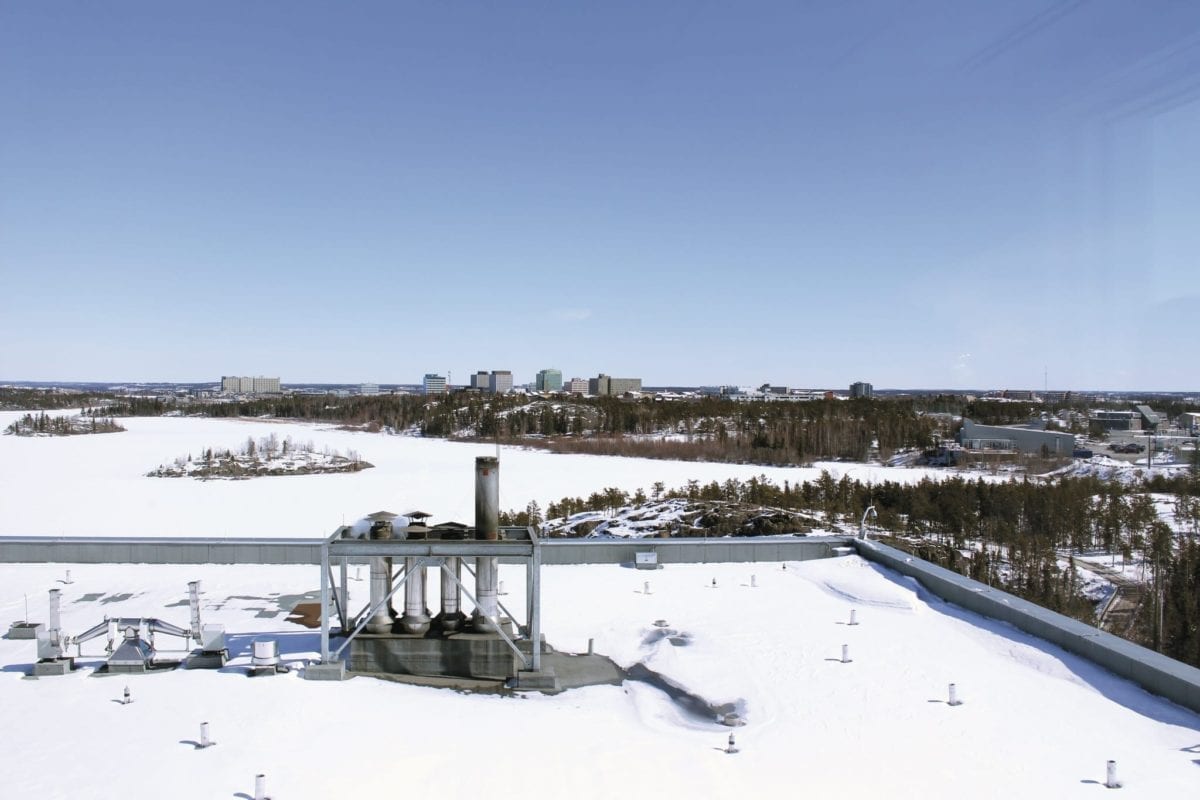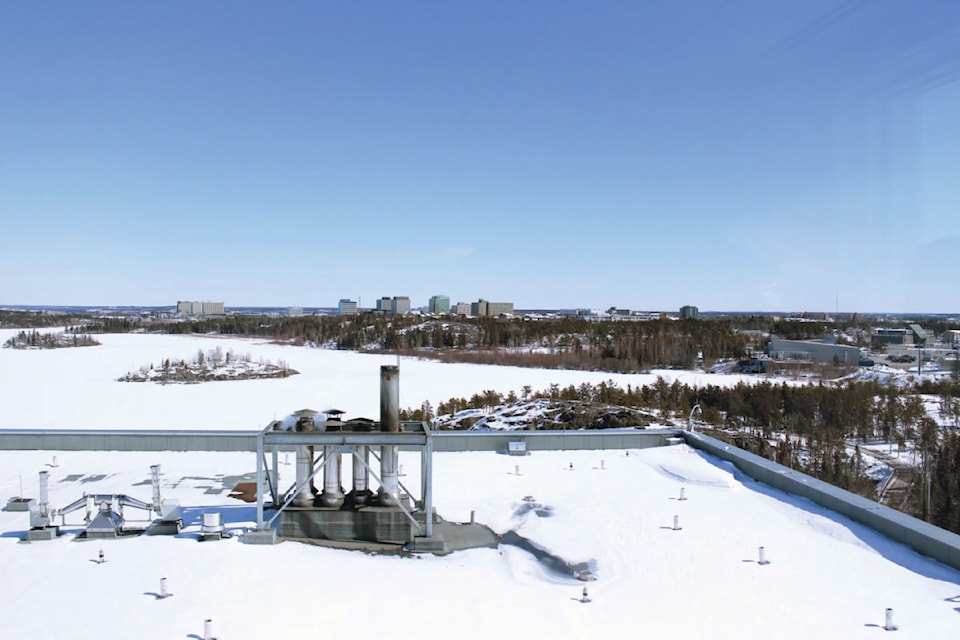Well here it is 2020. That has a nice symmetry and a certain ring to it. Now it is time to get down to work.
As some of you may know, in December during the big cold snap we had, I ended up in the hospital for close to two weeks. In a way, I was there under cover and I mean that literally, because the place was cool to cold and I was wrapped in a cocoon of seven blankets. Two of which were heated. The only part of my body sticking out of the cocoon was my head and luckily, I had my toque with me and it was pulled down low.
According to the nurses my room was cooler than most. They tried to keep the door and curtains open, to let in slightly more tepid air. To add insult to injury I was, like most beds, positioned under an air vent, so also had a wind chill factor to contend with. To put it bluntly the hospital was cold, as its furnace tried to cope. My conclusion was that the furnace was too small for the size of the building and our Northern climate.

I couldn't help but wonder what would happen if it went to 45, 50 or even 55 below, which is not unheard of for Yellowknife. To add to the problem the emergency room door froze open creating a major weather vortex there, as tepid hospital air rushed out and forty below air rushed in. Obviously, whoever designed the hospital and those who approved the design should be sent back to design and engineering school.
Lying awake at two or three in the morning, in my blanket cocoon, I saw a night nurse walk by with a heated blanket over his head and shoulders, to stay warm. I know other staff were wearing long underwear under their uniforms. It struck me as medieval and more than a little ironic. There I was hooked up to a fortune in modern medical instruments, monitoring my vital signs and pumping me full of antibiotics, yet I was in a brand new hospital that couldn't adequately heat itself. It was as if high tech was slipping back into the dark ages.
It didn't help that doors froze open or that the front doors to the hospital which are supposed to be set so that only one was open at a time, would both be open when people came or went and that let another frigid blast of air into the building. So much so, that the people working at the front, kept their winter outerwear on their entire shift.
It struck me that the cool of the hospital was or should have been a health concern for the patients and a labour relations concern for the staff, particularly those who were working 12-hour shifts. I wondered if there was anyone or any machines monitoring the hospital temperature. And how cold would it have to get before it became a serious problem, crisis or emergency and who would make that call.
I tried to imagine what would happen. Would they bring in a bunch of space heaters and plug them in? Could they bring in an auxiliary heating system to actually pump some warm air into the ventilation system? How would they deal with it, if the furnace quit in the middle of the night and the hospital had to be evacuated? That's the sort of thing I was thinking about.
As for my room, finally one of the maintenance people wandered in days after the problem had been reported, with one of those gadgets which looks like a gun and reads the temperature. She zeroed in on an air vent and said, "Well there is the problem, the damper in the vent must be stuck." As she sauntered out of the room, she said "I will make a note of it."
I felt like shouting "Just get a stick, poke it and get it unstuck."
Luckily, I was transferred to another room, but I did wonder how long it took someone to show up and actually fix the problem.
The hospital has a lot of problems, big and small and the GNWT really must start fixing them. Sooner rather than later.
Next week's column will deal with that concept, so stay tuned.

